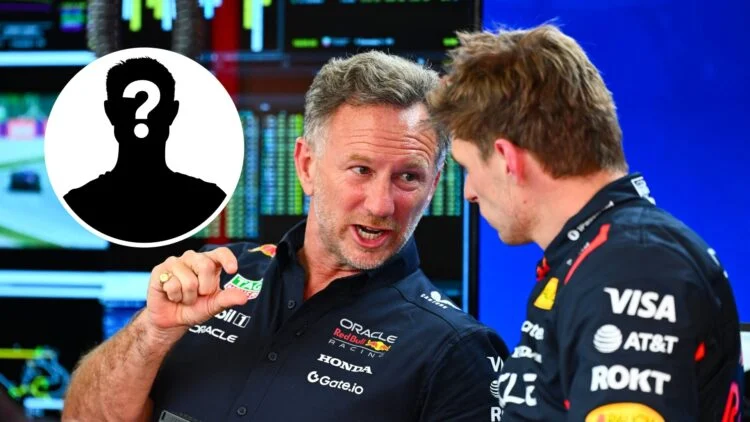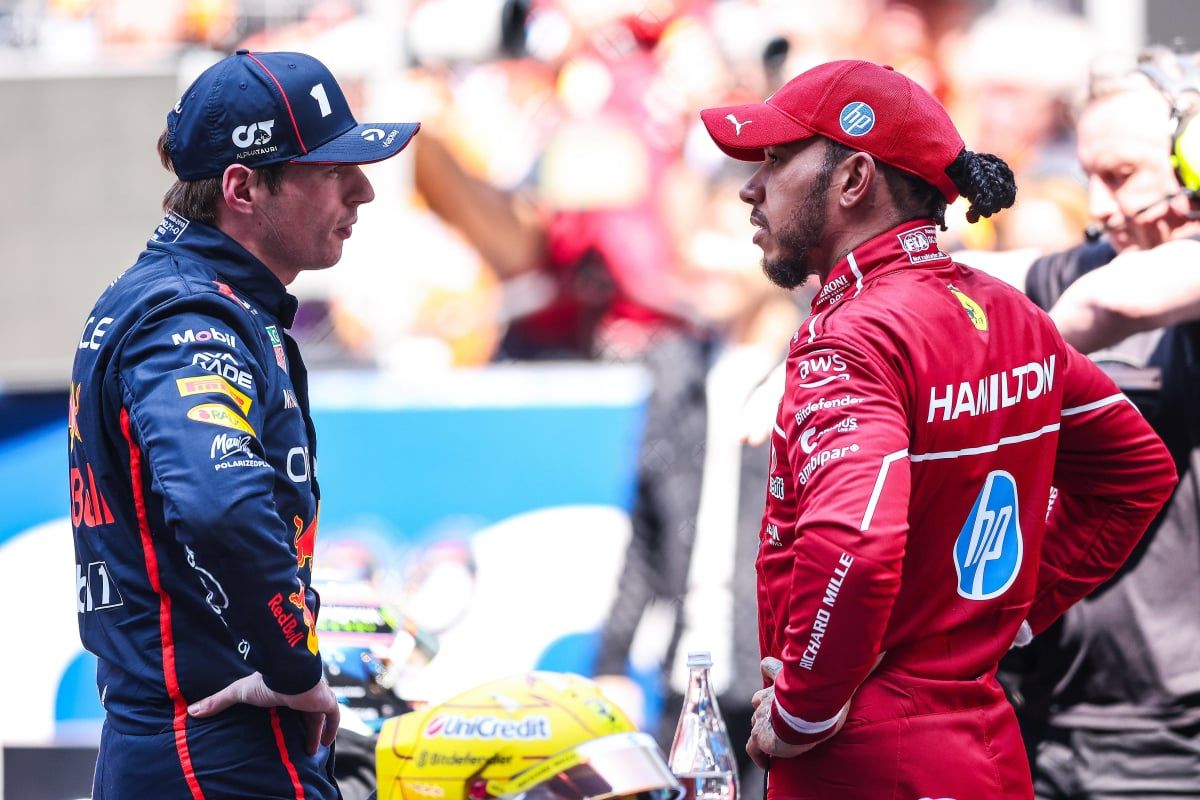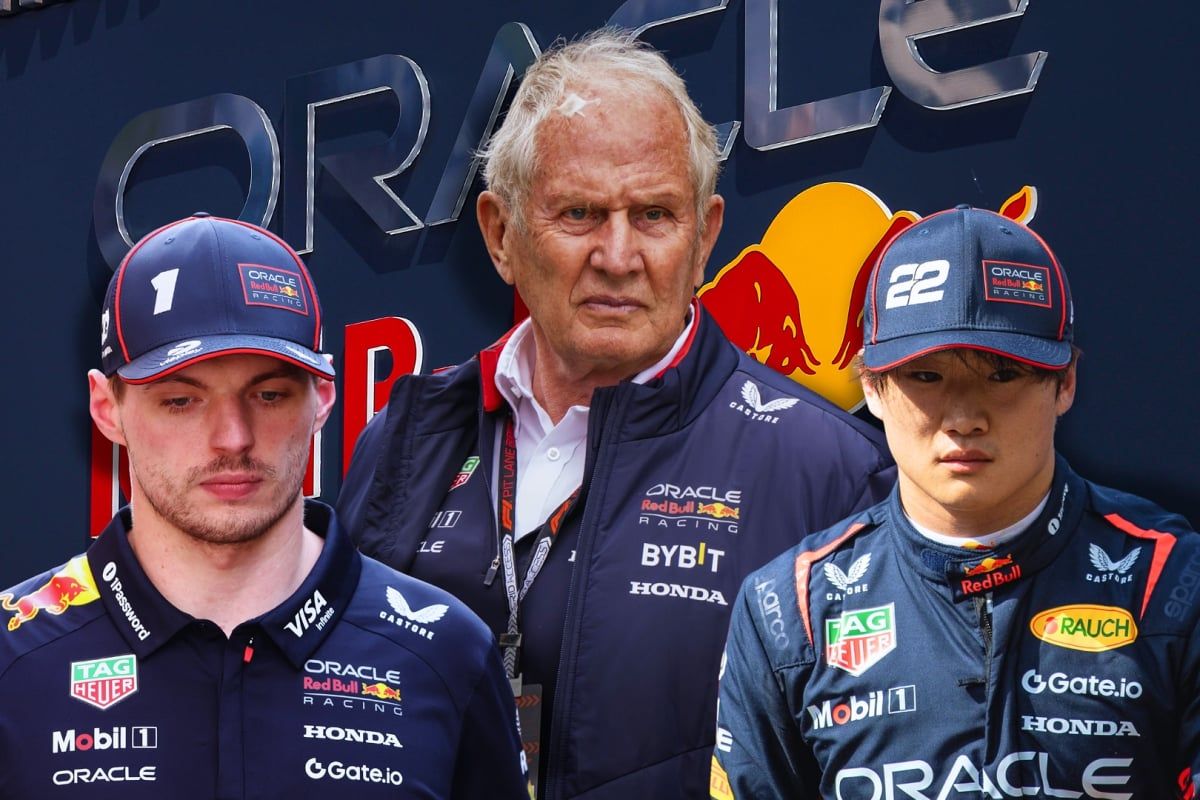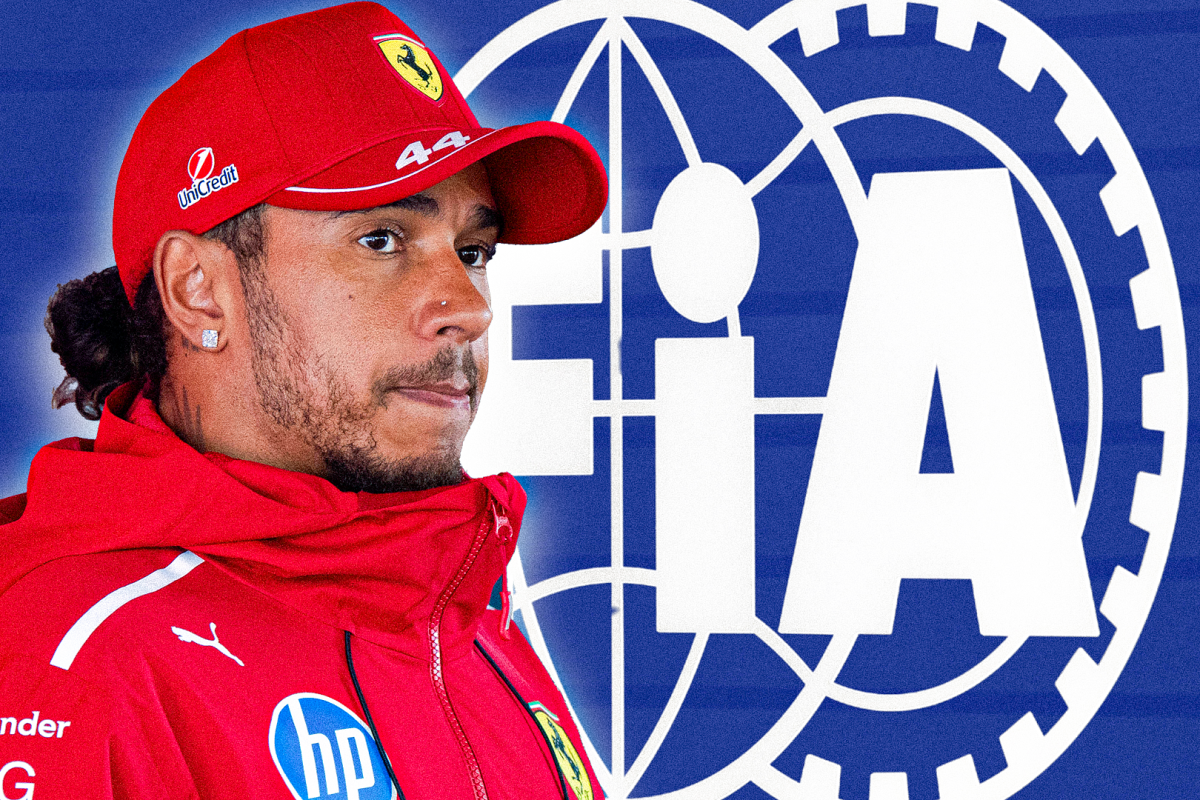Red Bull Taps Liam Lawson for 2026 Alongside Verstappen: A Strategic Gamble or…read more
Red Bull Racing has sent shockwaves through the Formula 1 paddock with the announcement of Liam Lawson as Max Verstappen’s teammate for the 2026 season. The decision, revealed late last night in a carefully orchestrated press conference, marks a significant departure from the team’s recent approach to driver selection, opting for a relatively unproven talent over established names frequently linked to the seat. While the choice undoubtedly carries significant risk, it also underscores Red Bull’s long-term strategic vision and unwavering commitment to nurturing young drivers within their expansive junior program.
Lawson, the 22-year-old New Zealander, has consistently impressed within the Red Bull junior ranks, showcasing raw speed and a remarkable aptitude for learning. His recent performances in Formula 2, culminating in a strong showing at the end of the 2023 season, solidified his position as a frontrunner amongst the team’s young prospects. While lacking the extensive experience of some other contenders, Lawson’s exceptional talent and demonstrable ability to adapt to different machinery proved crucial in swaying Red Bull’s decision. The team’s motorsport advisor, Helmut Marko, highlighted Lawson’s “exceptional racecraft and impressive data analysis skills” as pivotal factors in securing the coveted seat.
This strategic gamble, however, departs significantly from Red Bull’s recent history. The team’s previous approach prioritized experienced drivers capable of immediately challenging for podium finishes and contributing to the team’s championship aspirations. The pairing of Verstappen with Sergio Pérez, while ultimately successful, was a testament to this philosophy. Pérez, a seasoned veteran with considerable F1 experience, provided a strong second leg to Red Bull’s championship push, mitigating the inherent risks associated with a young, developing driver alongside a dominant force like Verstappen.
The selection of Lawson, therefore, represents a significant shift in Red Bull’s risk tolerance. While the team undoubtedly remains confident in Verstappen’s capabilities to lead the charge, placing an inexperienced driver alongside him introduces considerable uncertainty. The pressure on Lawson will be immense, particularly given the expectation to perform at the highest level in a team renowned for its exacting standards and unforgiving environment. Any significant underperformance from Lawson could disrupt team dynamics and potentially hinder Red Bull’s quest for consecutive Constructors’ Championships.
The decision also reflects Red Bull’s longer-term goals. The 2026 season marks the beginning of a new era in F1, with significant regulatory changes to engine technology and aerodynamic design. This creates a level playing field, potentially diminishing the advantage of experienced drivers accustomed to the current specifications. Red Bull’s investment in Lawson suggests a belief that his adaptability and natural talent will translate effectively to the new generation of cars, offering a longer-term return on investment. By nurturing Lawson’s development within the team, Red Bull aims to create a long-term, sustainable competitive advantage, securing a core driver for future seasons.
Furthermore, the choice might also be influenced by the evolving landscape of F1 driver contracts. With several high-profile drivers entering the final years of their contracts, the potential cost associated with securing an established name might have swayed Red Bull towards a more cost-effective, long-term solution in Lawson. This strategy allows Red Bull to maintain fiscal prudence while simultaneously investing in the future of their team.
However, the decision is not without its detractors. Many believe that Red Bull has overlooked more experienced and arguably safer options. The lack of a consistent track record at the highest level of motorsport raises legitimate concerns about Lawson’s readiness for the intense pressure of competing against Verstappen. This selection represents a bold bet on potential rather than proven ability, a gamble that could ultimately pay off handsomely or prove costly for Red Bull’s championship ambitions. The 2026 season will be crucial in determining the ultimate success or failure of this high-stakes gamble. The world of F1 watches with bated breath as the next chapter unfolds.




